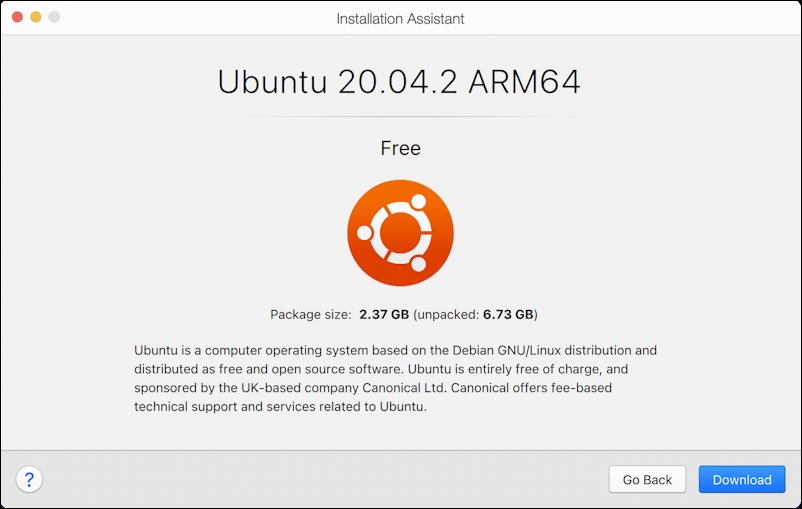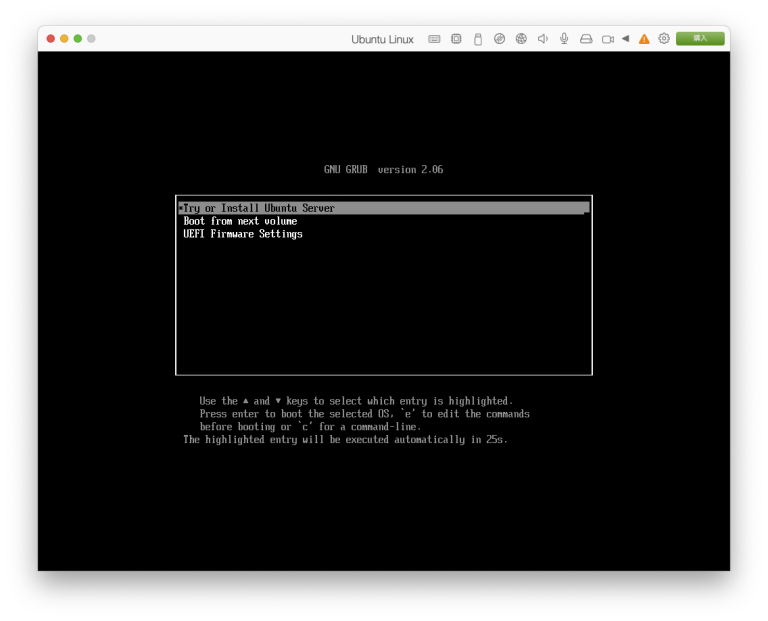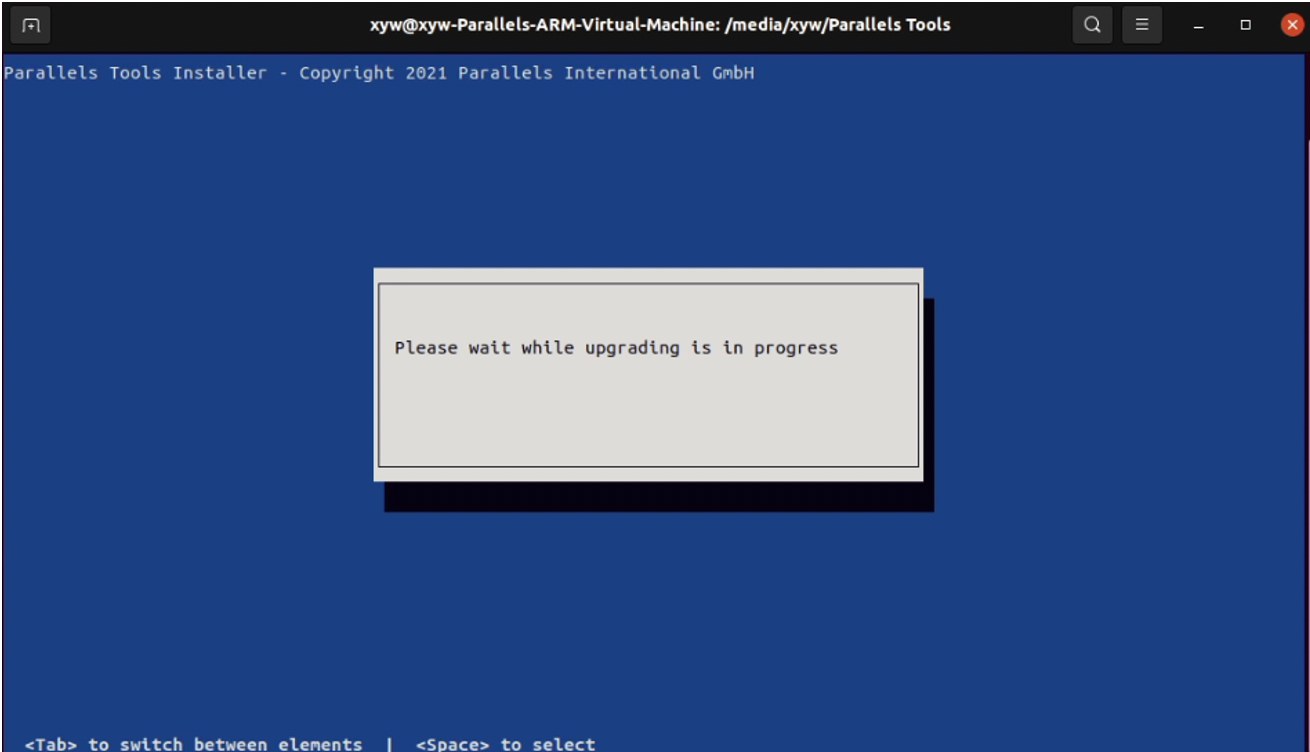

Once you do continue, you’ll be delighted to see that Parallels makes it simple to pick and download a new virtual machine: You can read through all the details or just move ahead by clicking “ Continue“. Since you’re on the M1 architecture, Parallels will pop up a warning screen: To add a new virtual machine, simply click on the “+” on the top right of the Control Center window or choose File > New… I’ve already installed Windows 11, as you can see, and it works very well.


Launch the program and you’ll see the Control Center window: Parallels makes both steps incredibly simple, however. Second, you need to download and install the version of Linux that you prefer. First, you need to create a virtual machine that will let the operating system run in its own window as if it were a full-screen and separate computer. There are two steps involved in getting Ubuntu Linux up and running on your M1 MacBook system.

The student license for the software is $39.99/yr, less than the price of a single textbook, but you should check with your school prior to buying it as they might have an institutional license for this software that would let you use a licensed copy for free! HOW TO CREATE A NEW VIRTUAL MACHINE IN PARALLELS DESKTOP It’s a commercial program, but there’s a free download if you just want to test and experiment, at. This holds true with Microsoft Windows too: There’s an ARM version of Windows 11 that works just fine within a virtual machine on the Apple M1 processor, and that’s most easily done with a virtualization program called Parallels Desktop. The new processor is known as an ARM or Advanced RISC Machine, but if you get an ARM-based Linux, you’ll be fine. When Apple introduced its own processor, the M1 (and now the M2), everything went out the window, as your friends have said. For many years, Apple was building its Mac systems on Intel-based CPU processors, which meant that at the hardware level, they were compatible with Windows PCs too, almost all of which are built on Intel or AMD CPUs.


 0 kommentar(er)
0 kommentar(er)
